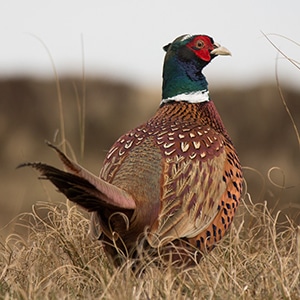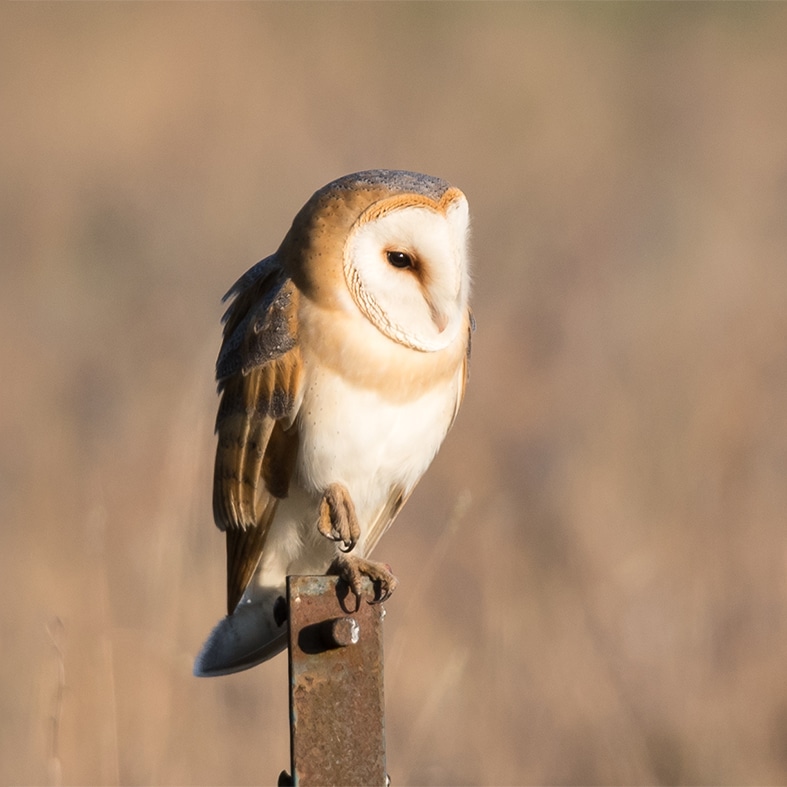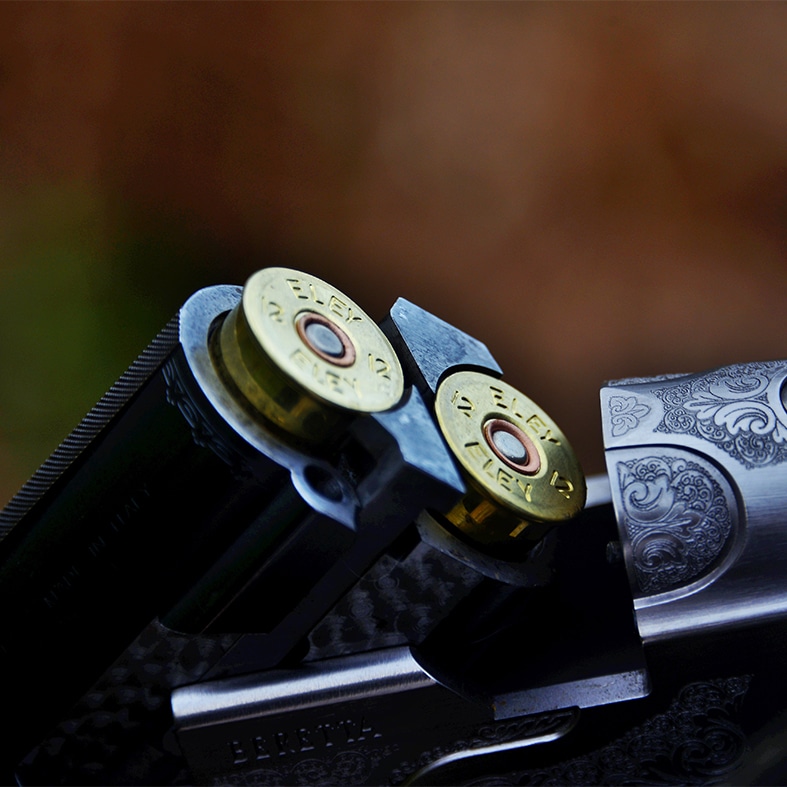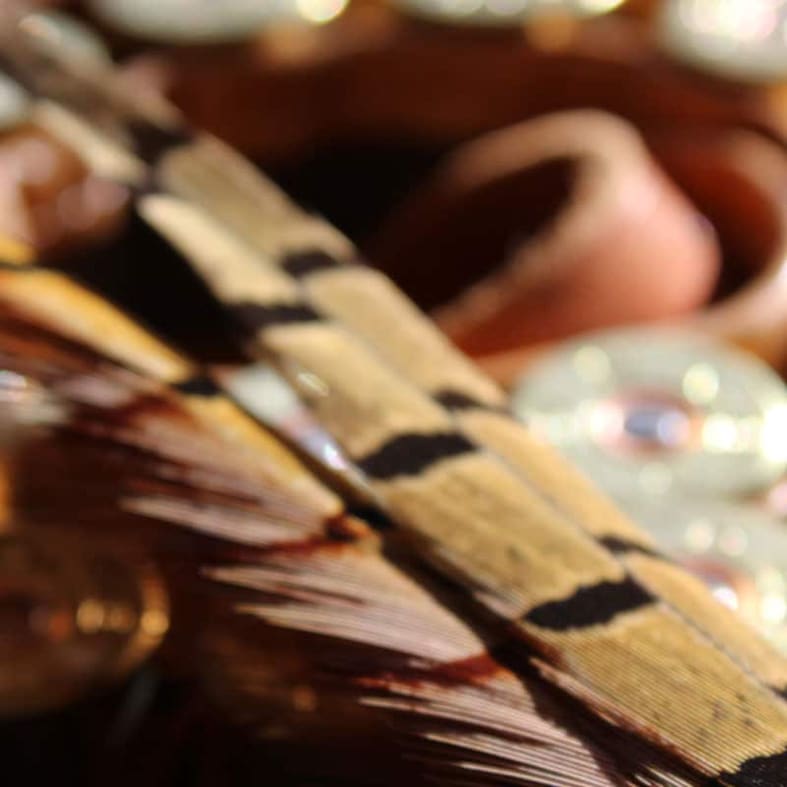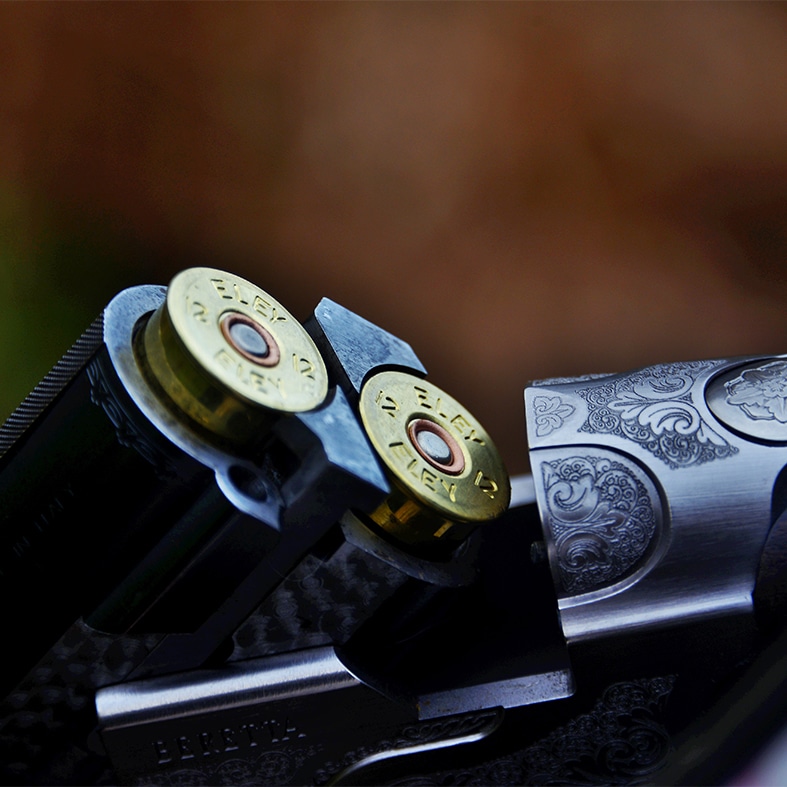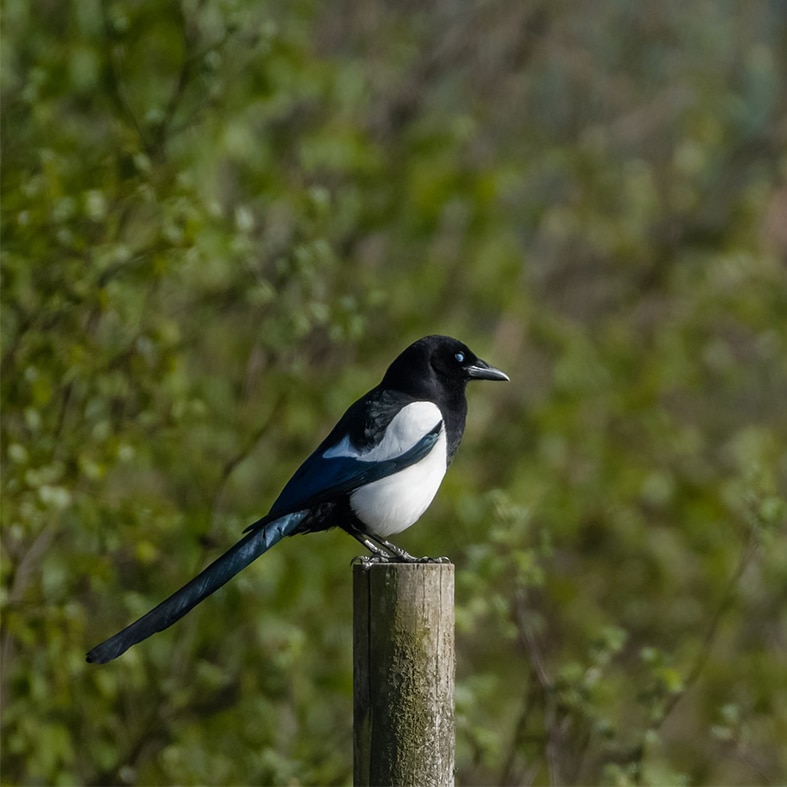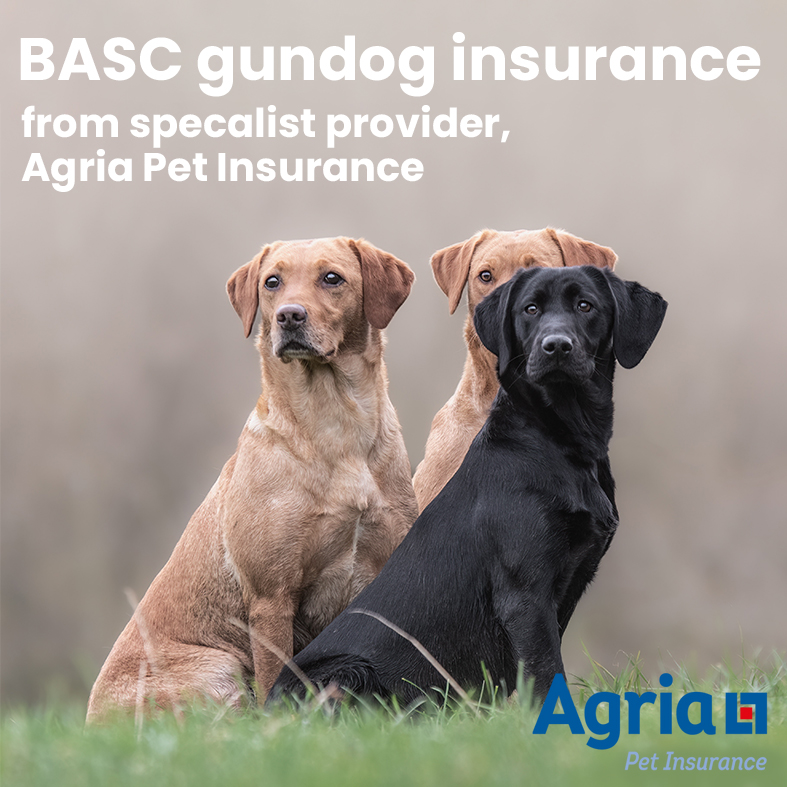Pest and predator control
Find out everything you need to know about pest and predator control, from the general licences you need to legally control certain species, to the methods and equipment used when carrying out pest control.
What is pest and predator control?
Pest and predator control is an integral part of conservation and wildlife management, not only to prevent damage to crops and support the conservation of wild birds but also to preserve public health.
In many areas of the country it is necessary to reduce predation and damage, particularly at certain times of the year such as the the breeding season for ground nesting birds.
It is the responsibility of all those involved in pest and predator control to ensure that their methods are legal, humane and carried out with sensitivity and respect for other countryside users.
Pest control for bird species is covered by general licences that are issued by government agencies to provide a legal basis for people to carry out a range of activities relating to wildlife.
